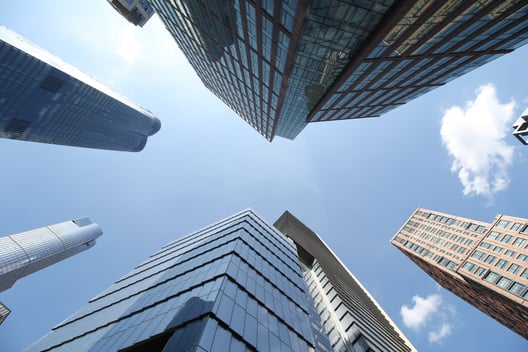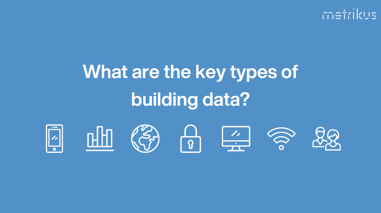Top 5 smart offices in the world
The Crystal, London
The Crystal building in London is so much more than the average office building. Inside the 75,000 sq ft space you can find an exhibition zone, auditorium, conference facilities, meeting rooms and office space for Siemens’ global engineering.
With a £30 million price tag, the Crystal has a sophisticated building management system (BMS) that tracks every kilowatt of electricity it consumes. The innovative architectural design allows natural resources like rainwater and sunlight to be used instead of fossil fuels.
The space is highly connected, and is fed by over 3,500 data points from IoT sensors and devices, as well as data from an outdoor weather station. Indoor and outdoor conditions are automatically sensed, and ventilation is continually adjusted to ensure optimal energy efficiency.
Thanks to smart technology, the Crystal is thought to consume 46% less energy and emit 70% less carbon dioxide than comparable office buildings. And the energy costs savings are a massive £500,000 a year. It’s no surprise that it was the first building to achieve both BREEAM Outstanding and LEED Platinum.
The Watson Center, Munich
With a large number of employees and clients using the space, the Watson IoT system is optimised for hot desking. Each person has their own digital identity, and the system can detect who is in which seat, and adjusts the ambient lighting and temperature to their individual preferences accordingly.
Britta Daffner, Department Head AI & Data Science at IBM, told us, “Smart technology can help organizations make better space utilization decisions and give employees a great work experience where they can achieve more. Even after several years, I am always happy to enter the IBM Watson Center Munich to work effectively with clients and colleagues in this inspiring environment.”
The Bullitt Center, Seattle
The Bullitt Center is known as the first net zero energy, net zero carbon and net zero water building in the world. It was designed with a 250-year lifespan, which is over six times the average lifespan for buildings.
The Center is powered by a 244 kilowatt rooftop solar array, made up of 575 solar panels. And any rainwater that falls on the site is collected in a cistern in the basement and treated to potable drinking standards. This is enough water to supply the entire building.
We spoke to Brian Court, Partner at The Miller Hull Partnership, the architecture firm behind the project. He explained, “We looked at efficiency more as a question of a zero sum game. The building would not use more energy or water than it could produce, from the natural resources falling on its roof, through the course of a year. This necessitated efficiency improvement in every system the building required to be operational. We saw the design process much as mother nature evolves organisms with an eye toward increasing efficiency at every step of the way.”
Smart technology is used throughout the space to promote a healthy working environment for its occupants. Sensors monitor key environmental parameters like light, CO2, and temperature to ensure optimal comfort. And to top it all off, there is an ‘Irresistible Staircase’, designed with glass walls to showcase the impressive local views. It’s been highly successful in reducing elevator use, helping to conserve energy and promote a healthy lifestyle at work.
If you’re an employee at Intel’s SSR4 campus in Bengaluru, you will be helping to generate electricity every time you walk into work, thanks to energy harvesting tiles at the entrance of the building. As well as this, renewable energy sources meet 40% of the building’s power demand, reducing CO2 emissions by 37%.
The space is equipped with a huge array of IoT-based smart features. The mobile booking app processes over 2,000 bookings per day, and has helped to improve space utilisation by 20-30%. The app also allows employees to adjust the conditions in their zone to suit their personal preferences. This has not only optimised employee satisfaction, but is also thought to have increased productivity by an impressive 26%.
The Edge, Amsterdam
The space is equipped with a massive 28,000 sensors. These work constantly to gather data and inform real-time decisions, like which areas need cleaning, and which can be shut down to save energy.
According to BREEAM, it is the greenest building in the world, achieving the highest sustainability score ever awarded, 98.4%.
Are these spaces the template for the workplace of the future?
These are all really impressive and enviable spaces that go above and beyond when it comes to being as smart and sustainable as possible.
But the truth is that smart offices don’t need to be as complex as this. All you need is a building that collects and utilises data from a system of sensors and devices. And if all these systems can talk to each other, you can realise huge efficiency gains.
Going forwards, offices need to take any steps they can to become smarter. It’s better for companies, better for employee health, and better for the environment.




